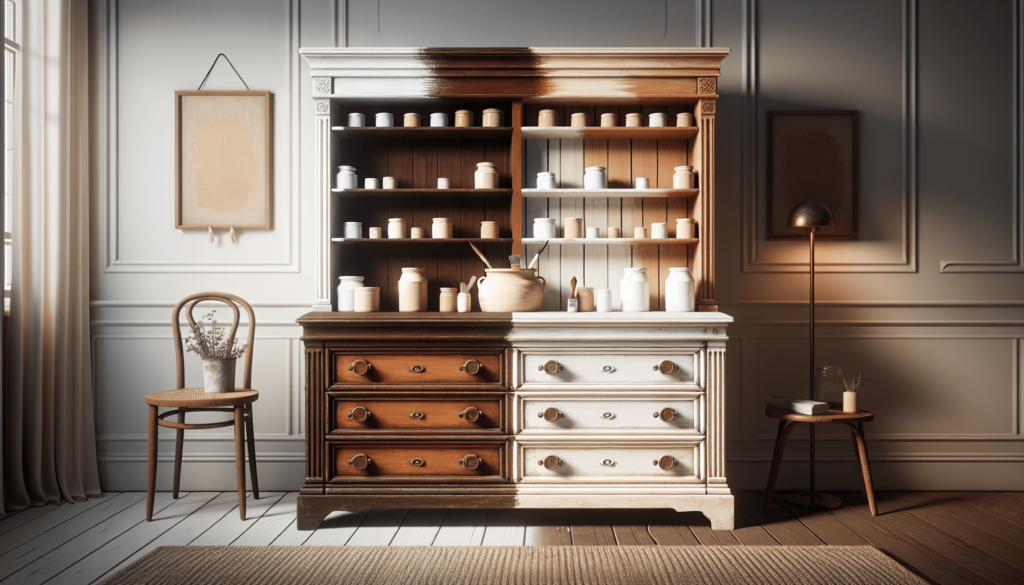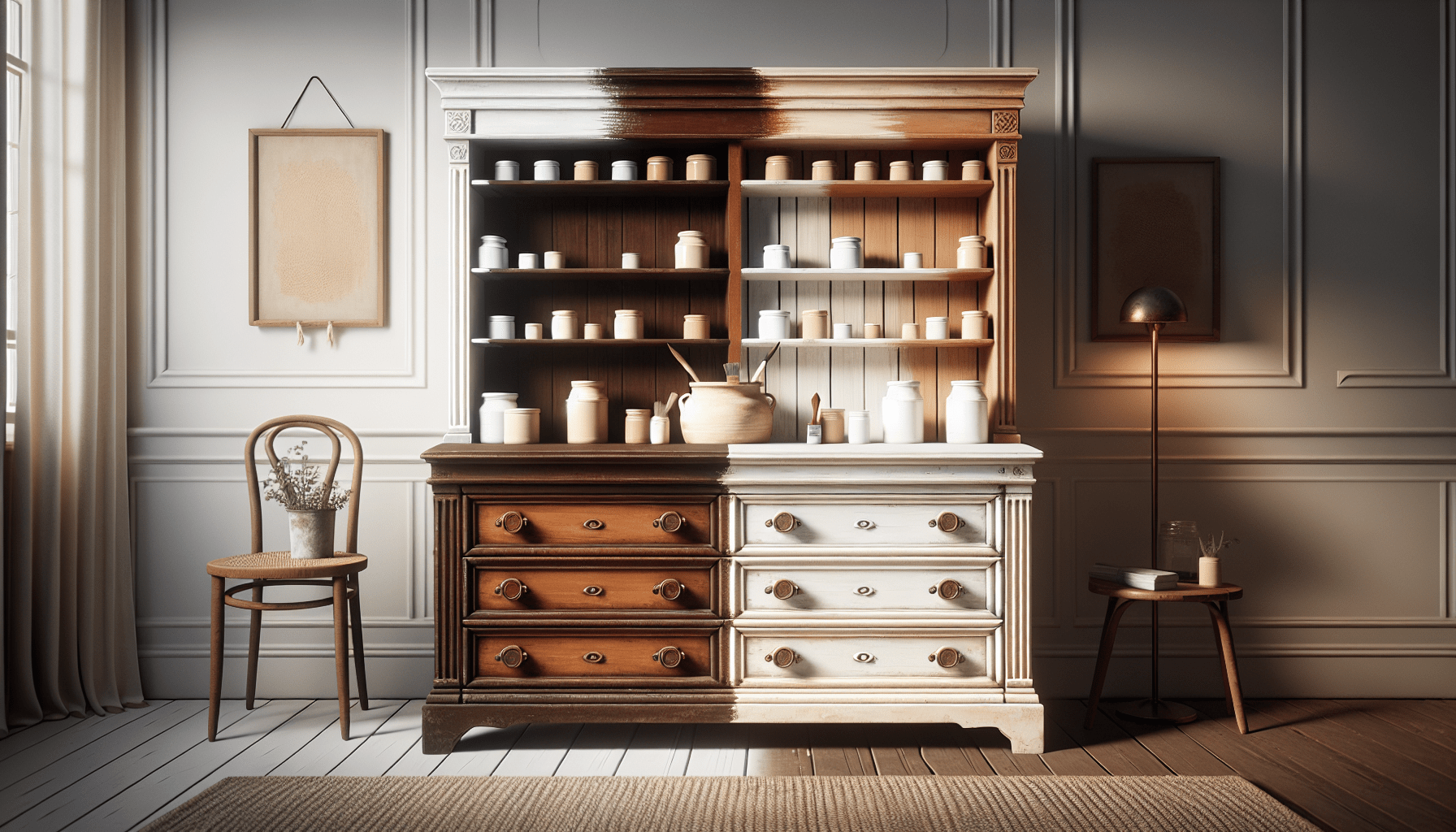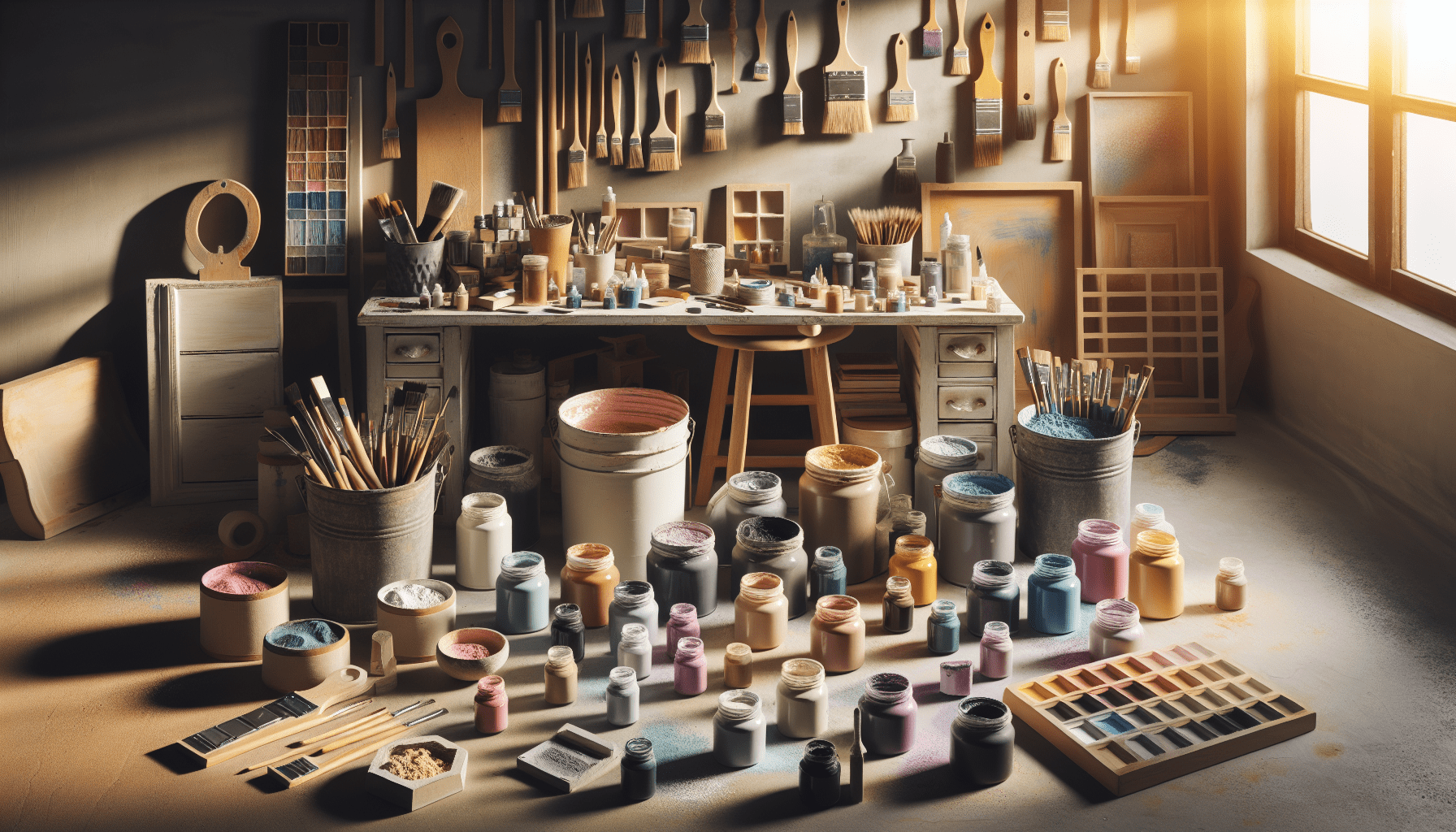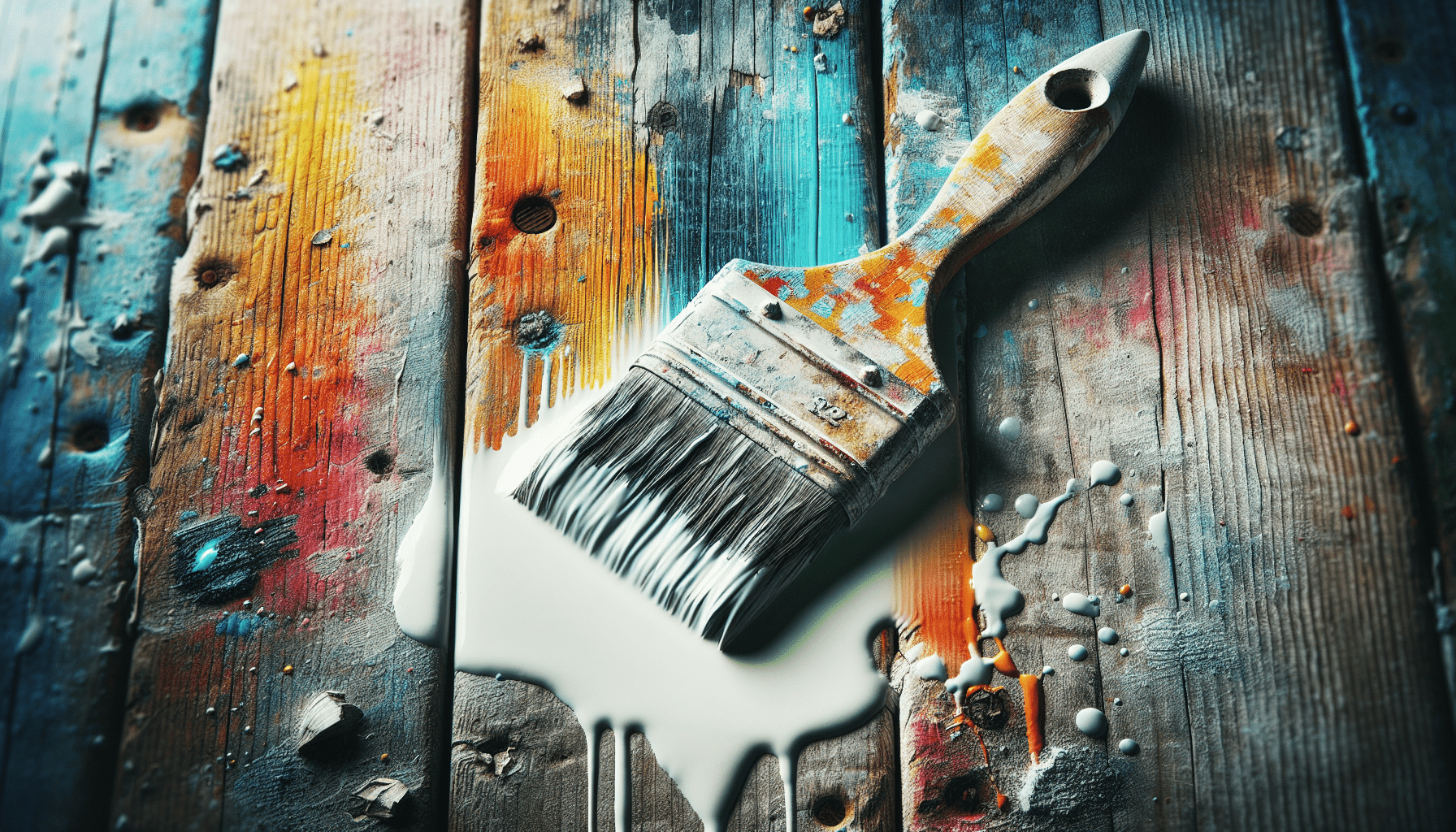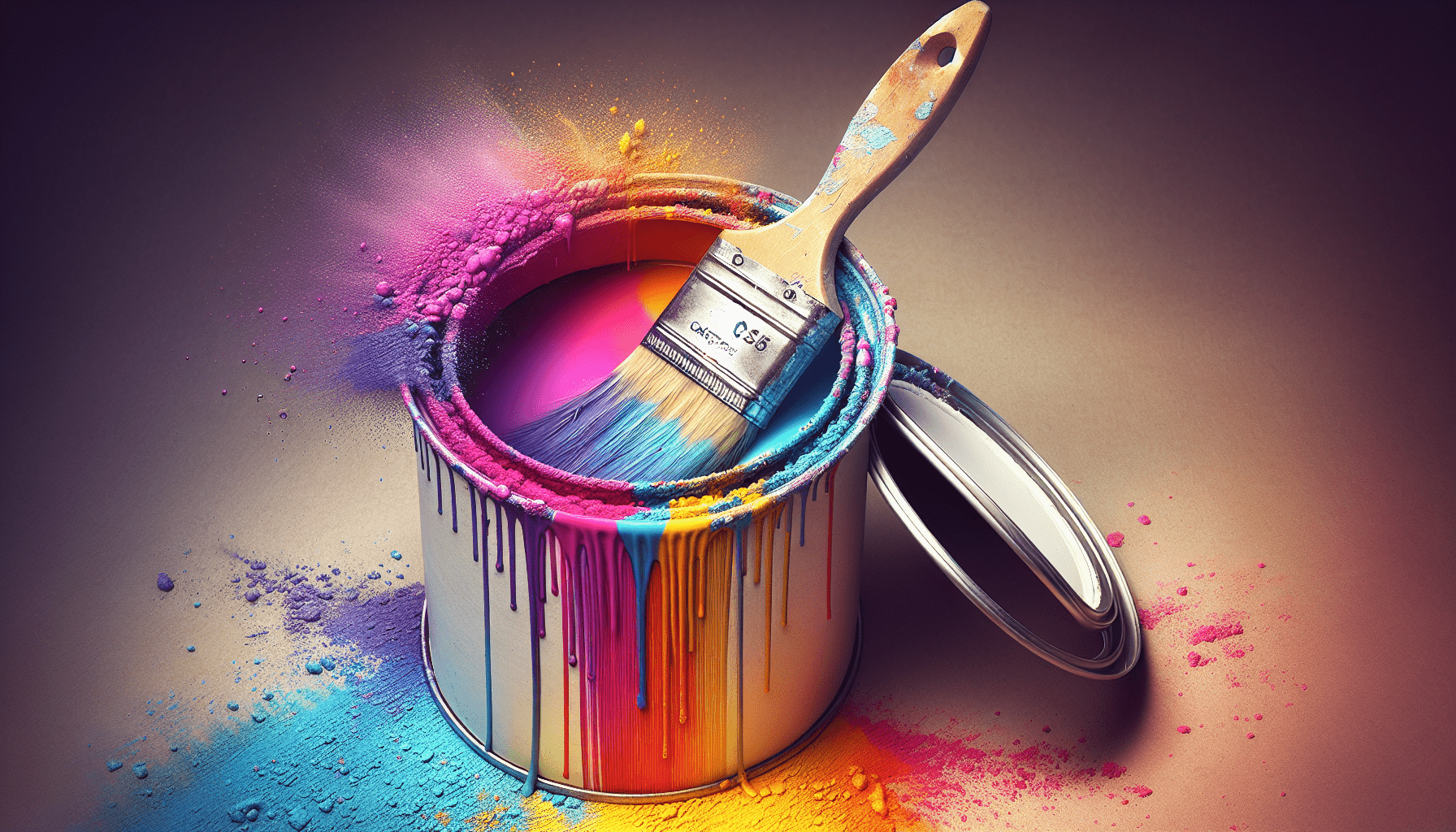In the realm of furniture painting, understanding the differences between milk paint and chalk paint is crucial for achieving the desired finish. Milk paint is a traditional, all-natural option that creates a smooth, matte finish with subtle color variations, while chalk paint is a versatile, water-based option known for its excellent coverage and distressed look. By delving into the unique characteristics of each paint type, you can make an informed decision on which one best suits your project needs.
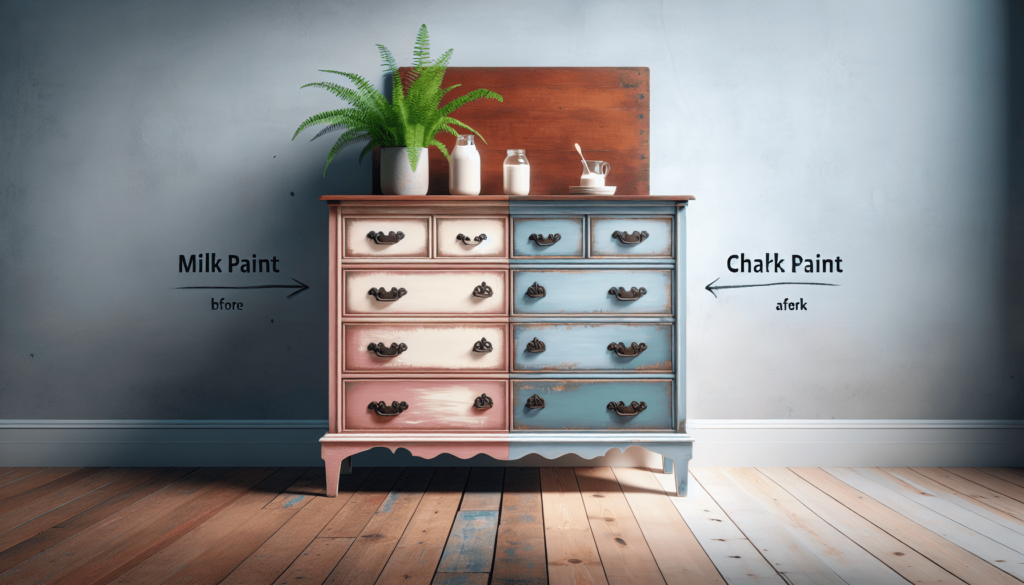
Introduction
Have you ever wondered about the difference between milk paint and chalk paint? These two types of paint are often used for furniture and decor projects, but they have distinct characteristics and applications. In this article, we will delve into the differences between milk paint and chalk paint to help you determine which one is best suited for your needs.
What Is Milk Paint?
Milk paint is a traditional paint made from milk protein, lime, and pigments. It has been used for centuries and is known for its natural and authentic finish. Milk paint is non-toxic, environmentally friendly, and has a unique texture that creates a rustic, vintage look.
Milk paint can be used on a variety of surfaces, including wood, metal, and drywall. It is easy to apply and can be layered to create a distressed or aged effect. Milk paint comes in powder form and must be mixed with water before use.
The appeal of milk paint lies in its ability to create a soft, matte finish that mimics the look of aged, weathered surfaces. It is versatile and can be used for both indoor and outdoor projects.
What Is Chalk Paint?
Chalk paint is a type of paint that has a matte finish and is known for its velvety, chalky appearance. It was created by Annie Sloan in 1990 and has since become a popular choice for furniture painting and DIY projects.
Chalk paint is easy to use and requires little to no preparation on the surface. It can be applied directly to most surfaces, including wood, glass, metal, and fabric. Chalk paint dries quickly and can be distressed or sealed with wax for added protection.
One of the key features of chalk paint is its ability to adhere to almost any surface without the need for sanding or priming. This makes it a convenient choice for beginners and experienced painters alike. Chalk paint is available in a wide range of colors and can be mixed to create custom shades.
Differences Between Milk Paint and Chalk Paint
| Aspect | Milk Paint | Chalk Paint |
|---|---|---|
| Origin | Historical | Modern |
| Ingredients | Milk protein, lime, pigments | Acrylic, chalk, pigments |
| Appearance | Matte, rustic, aged | Matte, velvety, chalky |
| Application | Requires mixing with water | Ready to use |
| Adhesion | May require bonding agent | Adheres well without prep |
| Coverage | Transparent, layered effect | Full coverage in 1-2 coats |
| Durability | More prone to chipping and flaking | Durable and easy to seal for protection |
| Finish | Soft and matte | Velvety and smooth |
| Environment | Non-toxic, eco-friendly | Low VOCs, environmentally conscious |
| Cost | Varies, more affordable option | Higher price point, premium product |
Milk Paint Characteristics
Milk paint has a unique texture and appearance that gives it a distinctively rustic and aged look. It is versatile and can be used for various painting techniques, including layering, distressing, and blending. Milk paint is often chosen for its natural ingredients and eco-friendly properties.
Chalk Paint Characteristics
Chalk paint is known for its smooth and velvety finish that resembles the look of traditional chalk. It is a versatile paint that can be used on a wide range of surfaces without the need for priming or sanding. Chalk paint comes in a variety of colors and can be easily customized to suit different projects.
Which Paint Should You Choose?
When deciding between milk paint and chalk paint, consider the following factors:
-
Finish: If you prefer a soft, matte finish with a vintage look, milk paint may be the better option. For a smooth, velvety appearance, chalk paint is the way to go.
-
Ease of Use: Chalk paint is easier to work with and requires minimal prep work, making it a great choice for beginners. Milk paint, on the other hand, may require more effort in terms of mixing and application.
-
Durability: Chalk paint is more durable and resistant to chipping and flaking compared to milk paint. If you need a paint that can withstand heavy use, chalk paint is a better choice.
-
Coverage: Chalk paint offers better coverage in fewer coats, while milk paint creates a transparent, layered effect that requires more applications for full coverage.
-
Cost: Consider your budget when choosing between milk paint and chalk paint. Milk paint is generally more affordable, while chalk paint tends to be on the higher end due to its premium quality.
Application Tips
-
Surface Preparation: Clean and sand the surface before painting to ensure proper adhesion, especially when using milk paint.
-
Mixing: Follow the instructions on the milk paint package carefully to achieve the desired consistency for painting.
-
Layering: Experiment with layering techniques to create a distressed or aged effect with milk paint.
-
Sealing: Consider sealing your chalk paint project with wax or polyurethane for added protection and durability.
-
Customization: Mix different colors of chalk paint to create custom shades that suit your preferences and style.
Conclusion
In conclusion, both milk paint and chalk paint offer unique characteristics and benefits that make them popular choices for furniture painting and DIY projects. The choice between the two ultimately depends on your desired finish, ease of use, durability, coverage, and budget.
Whether you opt for the timeless appeal of milk paint or the convenience of chalk paint, both options can help you transform your furniture and decor into beautiful, one-of-a-kind pieces. Experiment with different techniques and colors to unleash your creativity and add a personal touch to your projects.
